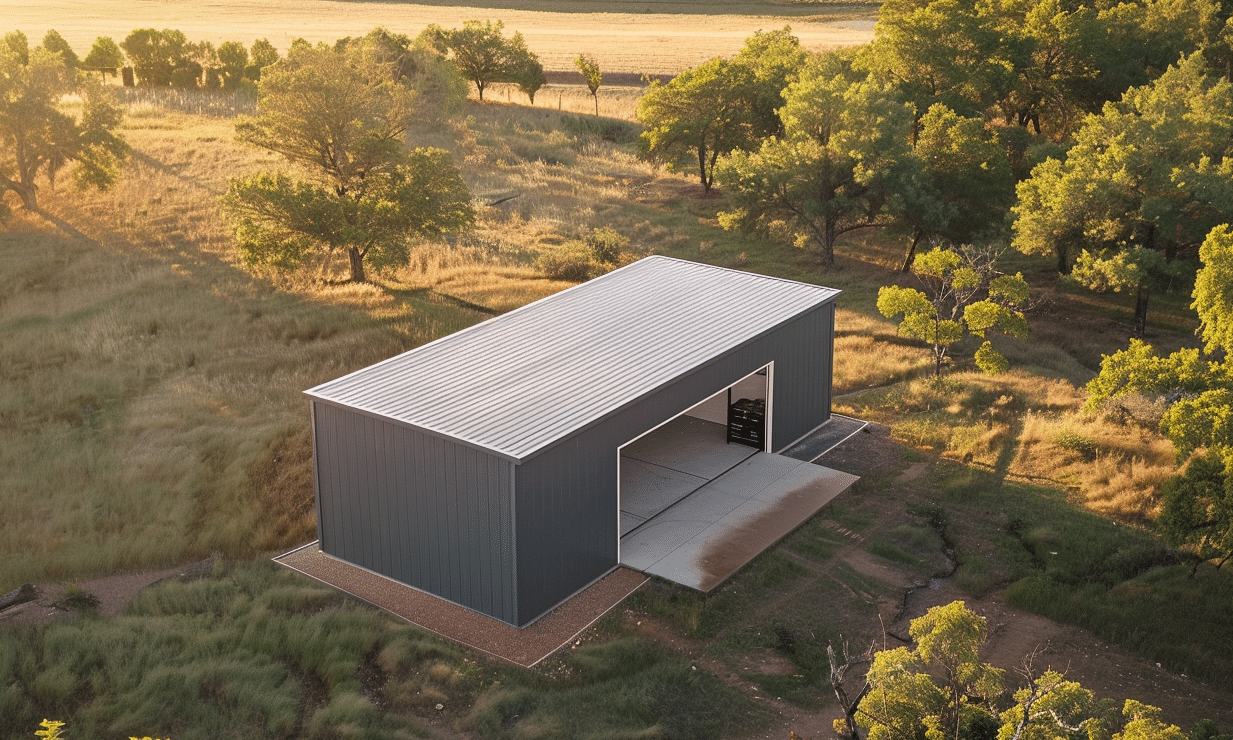Retail lighting design may not be the first thing that comes to mind when you think about enhancing your store’s aesthetics, but let’s clear this up. Imagine stepping into a beautifully designed retail environment where every product shines under the perfect spotlight. This isn’t a mere coincidence—this is the power of thoughtful retail lighting design strategies. In this blog post, we’ll delve deep into the nuances of lighting design, explore effective strategies, and see how they can transform the way customers experience your retail space.
Effective lighting can redefine space, create mood, and direct the customer’s attention to key products. But what makes a lighting design truly stand out, and how can it boost your store’s ambiance and boost sales?
Setting the Stage: Understanding Retail Lighting Design
The impact of retail lighting design is akin to the perfect soundtrack playing in a blockbuster movie. It’s subtle yet pivotal in setting the tone and directing the audience’s focus. Retail lighting design strategies must balance aesthetics with functionality, guiding customers effortlessly through the retail space. The right interplay of lighting types can not only highlight the aesthetics but can also significantly impact a customer’s mood and behavior.
Lighting designers often incorporate a variety of techniques, such as accent lighting to draw attention to specific products, task lighting for easy browsing, and ambient lighting to create a warm and inviting atmosphere. These techniques can transform a retail space into an inviting haven where customers feel comfortable to linger and explore.
Retail Lighting Design Strategies: It’s All in the Details
Incorporating strategic lighting placements within your retail space design for customer experience is essential to capture customer interest and create an engaging shopping journey. Let’s illuminate some practical strategies that will make your retail space shine:
1. **Layering of Light**: A well-designed retail space incorporates multiple layers of lighting to ensure visual comfort and interest. Combining ambient, accent, and task lighting ensures that shoppers can easily navigate, with products highlighted for easy selection.
2. **Dimming and Controls**: Modern lighting systems offer the flexibility of adjustable controls, allowing retailers to adapt lighting to the time of day or season. This flexibility can enhance the shopping experience while conserving energy.
3. **The Use of Color Temperature**: Warmer colors create a sense of coziness and can enhance the appearance of products, making them more appealing. Cooler colors, on the other hand, are great for conveying cleanliness and simplicity, ideal for displays focusing on technology or appliances.
4. **Spotlight on Brand Identity**: Consider lighting design as a tool to highlight your brand’s identity. Different lighting can evoke different emotions and perceptions aligning your store’s ambiance with your brand’s core message.

The Psychological Impact of Retail Lighting
Lighting doesn’t just illuminate; it communicates. It adds a subconscious layer to the shopping experience, subtly influencing customer behavior and decisions. In psychology, different colors and light intensities evoke varied emotions and reactions. Brighter lighting can generate excitement and draw attention to new products, while softer lighting elicits comfort and luxury.
Adopting intelligent lighting solutions will not only help drive customer engagement but can also play a crucial role in customer retention. Retailers aiming for a cohesive customer journey must recognize that lighting design is a fundamental aspect of their retail strategy—not an afterthought.
Exploring Innovations in Retail Lighting
As technology continues to advance, the realm of lighting design is embracing these innovations to redefine retail spaces. By integrating IoT technology, lighting systems can be automated, controlled remotely, and customized to suit specific needs and preferences. Smart lighting solutions offer real-time analytics, providing insightful data on how customers interact within the space.
Thinking of expanding or remodeling your custom building projects? Reflect on how these technological advancements in lighting can be woven into creating efficient and visually compelling retail buildings. Such a progressive approach ensures you remain competitive while meeting modern shopping expectations.
Incorporating Lighting Design with Architectural Elements
There’s a saying that architectural design without good lighting is akin to a masterpiece hidden in shadows. The synergy between lighting design and architectural elements is pivotal in crafting a celestial shopping environment. Skylights, mirrors, and glass elements work harmoniously with lighting designs to carve out spatial elegance and openness, enhancing the overall shopping experience.
For more insights on compelling retail architecture and environment designs, explore resources available on Retail Design World.
Conclusion: Brighten Your Retail Future
Implementing innovative and strategic retail lighting design can be a game-changer for creating immersive customer experiences. By carefully choosing lighting designs that harmonize with your retail space design and reflect your brand persona, you shape an environment that is not only visually remarkable but also functionally sound.
Remember, lighting is a masterful guide that directs customer attention, fosters emotional connections, and ultimately drives sales. If you’re looking to revamp your retail environments or have queries about transforming your space, don’t hesitate to reach out and Contact and grasp the transformative potential of strategic lighting.
Embrace the light, illuminate your products, and let your store shine brighter than ever before. As the landscape of retail evolves, those who master the art of lighting design will undoubtedly lead the way into a more luminous future.










